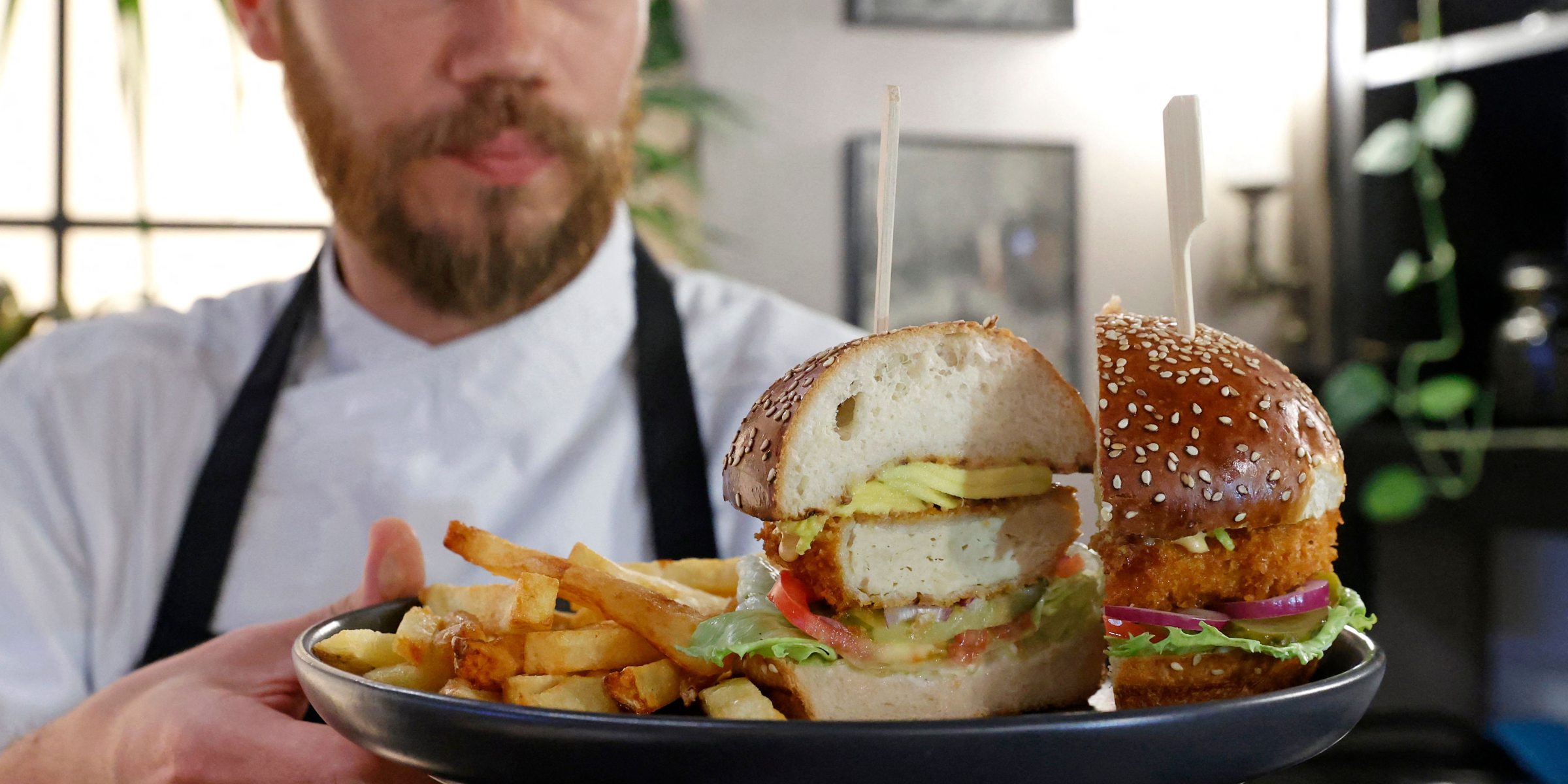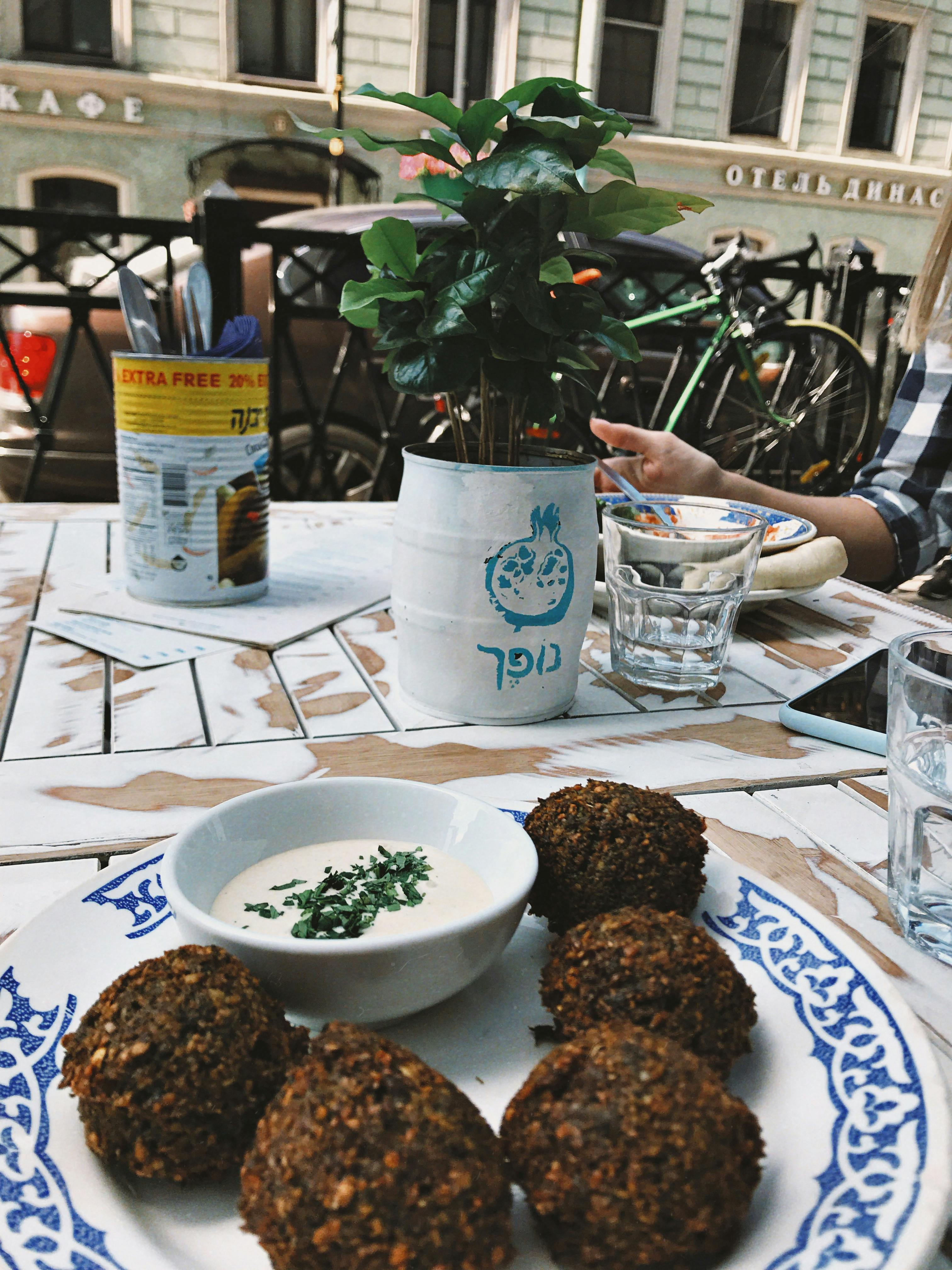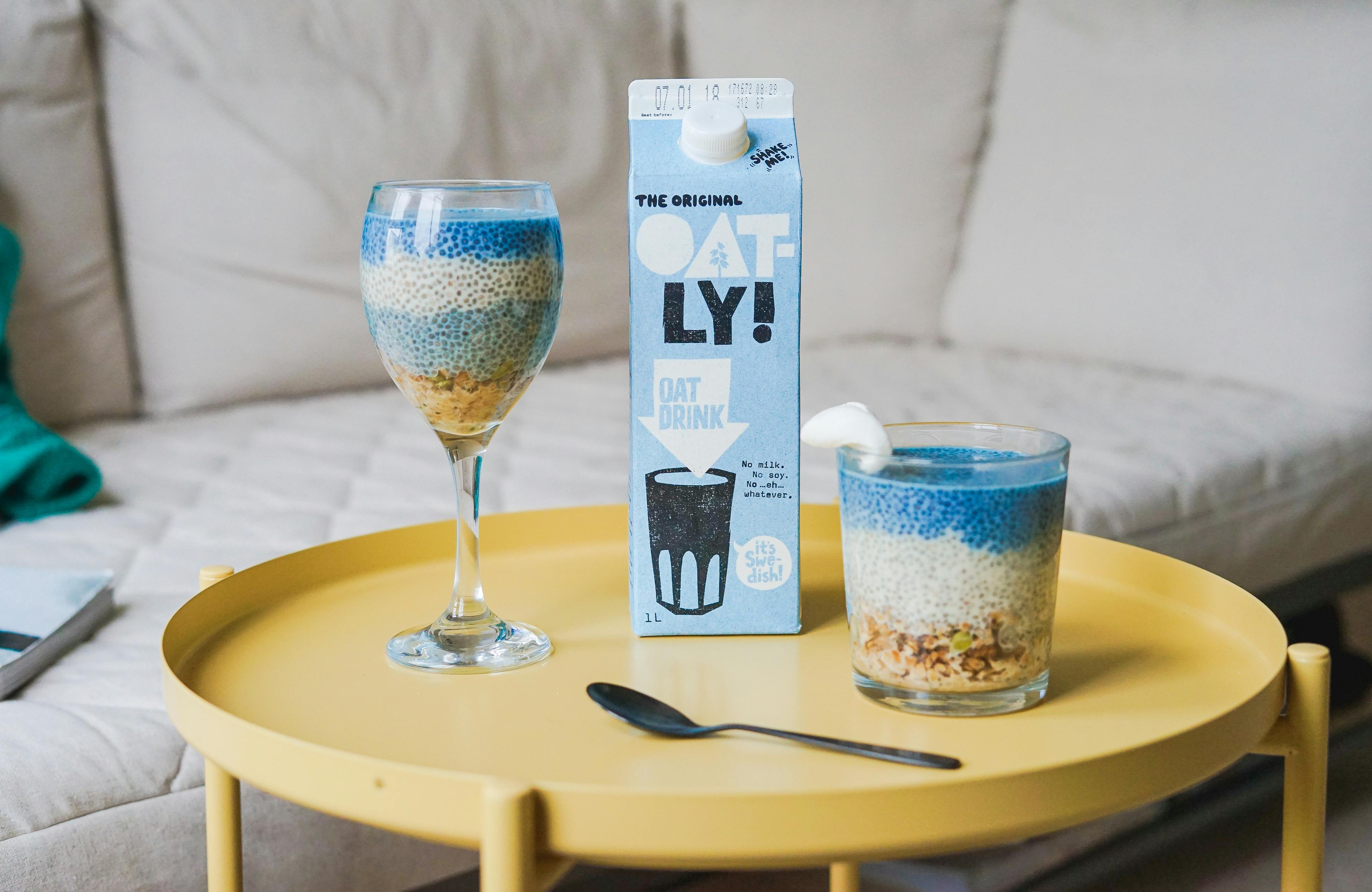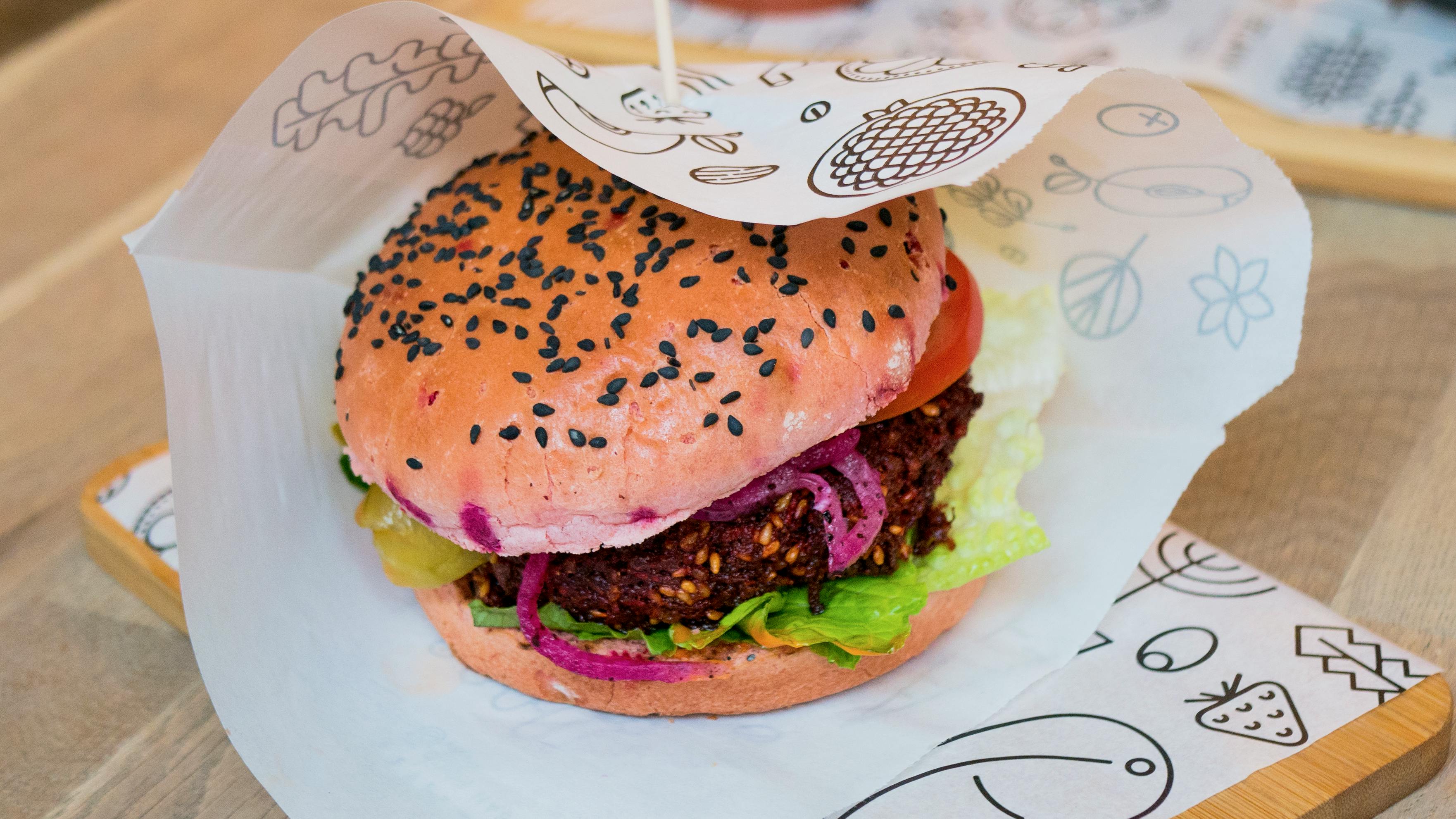
The Future of Protein: Are Lab-Grown Meats and Plant-Based Alternatives the New Normal?
From oat milk in coffee to lab-grown chicken on restaurant menus, the way we get our protein is changing — and fast. What once seemed like science fiction is now showing up in grocery carts, kitchen tables, and conversations about health, ethics, and the environment.
In June 2023, the U.S. Department of Agriculture made a historic decision. It approved the production and sale of lab-grown chicken by two companies, Upside Foods and Good Meat.
With this move, the United States became the second country, after Singapore, to legalize what supporters call cultivated or cultured meat. It was a big boost for an industry that, just a decade ago, seemed like science fiction. Now, over 150 companies are developing cultured meat around the world.

Roasted Chicken | Source: Pexels
What Is Cultured Meat?
Cultured meat is real meat grown from animal cells, not from whole animals. David Kaplan, director of the Tufts University Center for Cellular Agriculture, explained that it means "taking cells from animals that normally produce meat for us and using those cells as the powerhouse to grow the meat outside of the animal."
Claire Bomkamp, lead scientist for cultivated meat and seafood with the Good Food Institute, added that it is "the same thing as traditional meat" but with "the animal taken out of the equation."
The goal is to create meat that looks, smells, tastes, and feels like the meat people already eat, but without the need for farming or slaughter.

Vegan meatballs | Source: Pexels
Why the Shift?
More people are exploring new kinds of protein for many reasons. Sustainability, health, ethics, religious values, and animal welfare are all part of the conversation.
Plant-based dairy has already seen strong growth. Market experts say this success shows the potential for meat alternatives as well.
You might've noticed oat milk at your local café, or a plant-based meat at a family barbecue. Behind those moments are changing habits, values, and global trends.

Healthy eating | Source: Pexels
A Growing Trend
In January 2025, an estimated 25.8 million people worldwide took part in "Veganuary," a 31-day plant-based eating challenge. Cafés from London to Lima added vegan options. Social media was full of homemade bean stews and tofu curries.
Meanwhile, in homes across the U.S., more families are changing how they eat. Children are using almond milk on their cereals, and fathers froth oat milk for their morning cup of coffee.

Oat milk | Source: Pexels
This is part of a larger shift. Today, 40.6% of U.S. households buy plant-based milk. Most of them keep buying it regularly, diminishing the demand for cow's milk.
53% of Americans have also tried plant-based meat as part of their diet. Roughly a quarter of Americans eat plant-based meat at least once a month.

A plant-based burger | Source: Pexels
Looking Ahead
The global food system uses a lot of land. Experts say that if everyone switched to a plant-based diet, farmland use worldwide could shrink by about 75%.
At this rate, lab-grown meat and plant-based alternatives are not just trends that are expected to die down. They may become part of everyday life.

A chicken sandwich | Source: Pexels
Whether people choose them for their health, the planet, or personal values, one thing is clear: protein is changing. And soon, the chicken sandwich you order at the store might not come from a farm, but from a lab.
The information in this article is not intended or implied to be a substitute for professional medical advice, diagnosis or treatment. All content, including text, and images contained on AmoMama.com, or available through AmoMama.com is for general information purposes only. AmoMama.com does not take responsibility for any action taken as a result of reading this article. Before undertaking any course of treatment please consult with your healthcare provider.